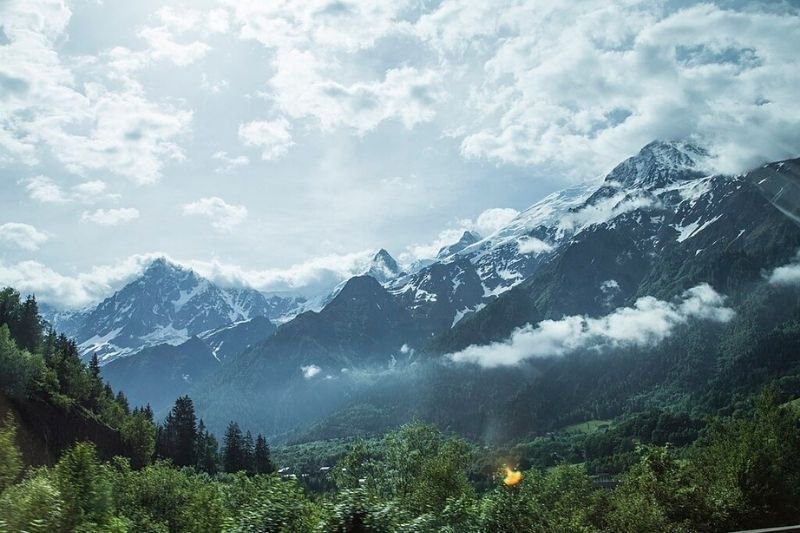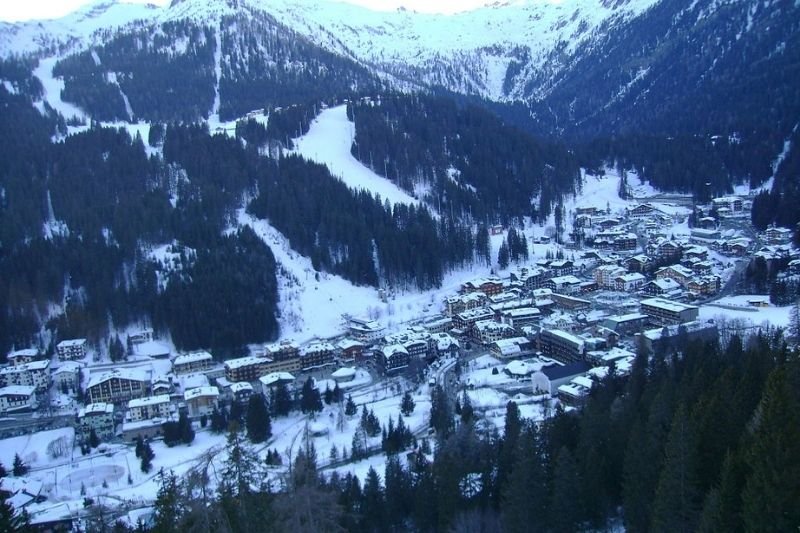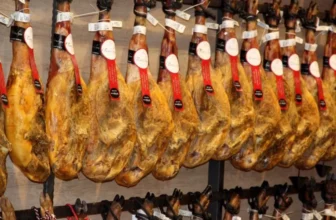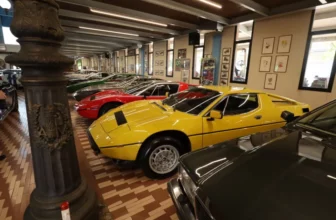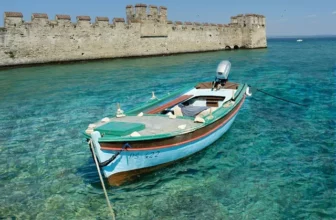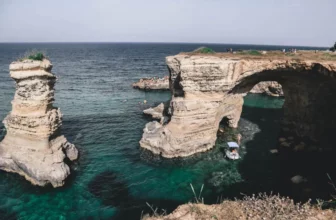When it comes to skiing in Europe, Italy is often seen as the poorer cousin of the Big Four. Perhaps not quite in the same league as France, Switzerland or Austria; Italy has lots going for it. The resorts are family-friendly, the slopes are less crowded and the food is delicious. A skiing holiday here is usually less expensive too. Skiing in Italy is much more affordable now than it used to be: whether it’s cheap flights, accommodation or your ski insurance arranged before you travel, there are always savings to be made.
Italian skiing holidays share a common atmosphere: the locals are welcoming and laid back, the vibe is exciting and there is a buzz of anticipation about the slopes. Even your fellow travellers soon relax into having a great time. The weather is usually bright and sunny which lifts your spirits and allows you to make the most of the stunning mountain views. If there is one downside to all the sun it’s the unpredictability of the snow cover, having to rely on southerly weather systems to keep the pistes topped up. Most of the resorts use artificial snowmaking at times of low snowfall but this is of great quality. Whether real or artificial the slopes are typically well groomed and readily skiable all day.
The Italian ski resorts are huge and spread out over two mountain ranges: the Alps and the Dolomites. Which resorts do we recommend for skiers of all abilities? And which resorts stand out for their après ski or do all modern resorts live up to standards expected by today’s traveller?
Visiting Italy in summer? Be sure to visit Puglia! If you’re planning to stop off in Rome, read my tips on getting quick museum tickets.
The Resorts
1) Cervinia, The Alps
High-altitude Cervinia has the best snow record in Italy with its slopes being 2,000m above sea level. It has one of the longest skiing seasons running from November to May. Cervinia is blessed with long, gentle gradients and is ideal for beginners and those who are progressing to intermediate ability. The buildings are a mix of modern structures that blend in favourably with their surroundings to those of the 1940s which are a grimmer prospect. There are many high class eateries to drop into around the resort.
2) Courmayer, The Alps
Courmayer has slopes that suit all levels of ability but particularly intermediates who are gaining confidence. Ski schools are good in this area and the training provided will help beginners and intermediates up their game. Expert skiers will enjoy going off-piste and taking advantage of heliskiing to get to the most challenging terrain. Courmayer boasts the highest ski lifts in Europe which service over 350km of pistes. One advantage of the resorts being part of the Aosta Valley network is that you have the option to use your tickets elsewhere so you have the opportunity to explore a little further afield on this excursion. The après ski scene is lively and there are many good quality restaurants and bars to visit. Indeed, the non-skiing activities are often just as attractive to visitors as the prospect of racing down the slopes.
3) Limone Piemont, The Alps
Limone has the cachet of being one of the first Alpine ski resorts. It’s a charming village dating back to the 12th century and is close to the French border. Snow fall is patchy so this is one of the resorts that make regular use of snow machines to top up the slopes. It’s benefited from recent investment cementing Limone as a destination – the old-style drag lifts having been replaced by high capacity chairlifts and a speedy telecabin (gondola). The Riserva Bianca (White Reserve) has 80km of downhill skiing pistes, a number of which are ideal for new learners and beginners. The more advanced skier will have plenty to keep them occupied on the slopes too as it’s not without reason that Italian national skiing team practice here.
4) Madonna di Campiglio, The Alps/The Dolomites region
Intermediate and expert skiers will enjoy the challenge of the Madonna di Campiglio with its network of 150 km of pistes linked by 24 lifts. Out of the 39 runs, six are black and 12 are red. It’s partly down to this amazing variety that the Madonna di Campiglio resort is Italy’s number one skiing attraction. The stylish town itself is situated in the valley amid the Brenta Dolomites and the Adamello and Presanella glaciers. The nightlife buzzes with entertainment, shows and a bustling gourmet scene and it leaves you with an interesting dilemma: do you pace yourself for the skiing or the après ski?
5) Sella Ronda, The Dolomites
The Dolomites have arguably the best network of ski lifts on the planet. 199 chairlifts, 24 cable cars, 194 draglifts and 47 gondolas service this impressive mountain range. Unlike the Alps with their sloping aspect the Dolomites are made of limestone and their aspect is typically vertical and quite sheer. Luckily the skiing takes place on the slopes surrounding the peaks. Sella Ronda – part of the Dolomiti Superski region – is perhaps the most famous resort here with its 36km circuit of runs around the Sella massif. The picturesque circuit takes in four of the Dolomite passes namely Campolongo, Pordoi, Sella and Gardena and the five villages Arabba, Canazei, Selva Gardena, Corvara and Colfosco in Alta Badia. Over half a million skiers annually hit the pistes on a clockwise or anticlockwise loop.
Choosing your skis
The types of slopes on offer in Italy are varied with many opportunities to experiment with different styles of skiing. If you don’t have the luxury of owning several sets of skis don’t worry, the resort shops are always well stocked with a handsome variety. If your aim is to speed down the slopes then stick with all-mountain skis or big mountain skis. To do impressive sweeping arcs like you see on television slaloms then opt for carving skis. Depending on the conditions during your visit – and especially if you go off-piste – powder skis may be essential.
Hopefully I’ve helped pique your interest and encouraged you to go skiing in Italy – if you have any more tips on where’s good to go please leave a comment!
Last updated on October 31st, 2024 at 09:17 am



